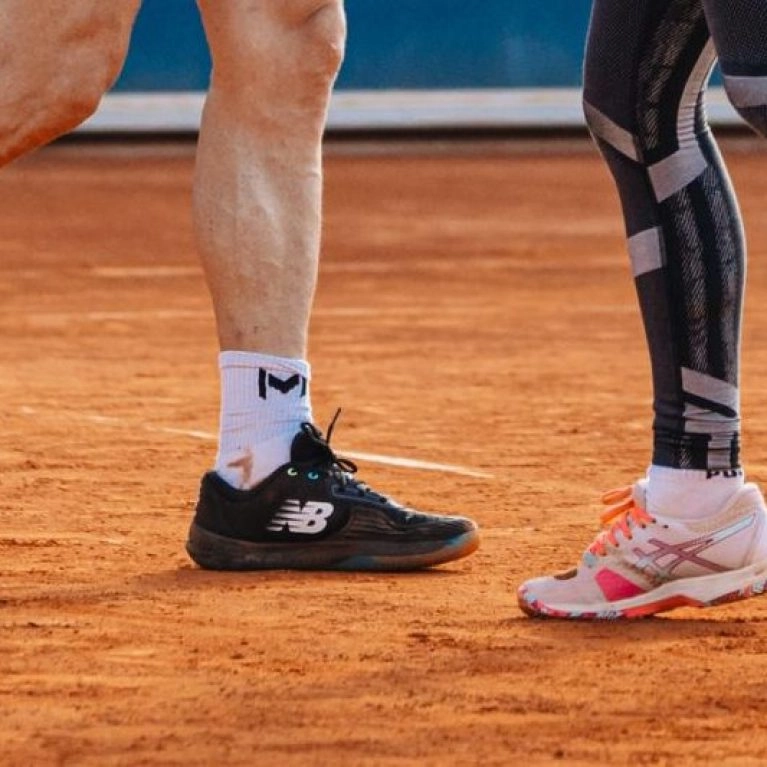Grip adapted to clay
Clay is a soft, slippery surface. Shoes designed for clay offer :
- Controlled glide : Soles specially designed for clay allow controlled glides, essential for maintaining your speed and balance when moving sideways.
- Greater stability: Good grip is essential for staying stable when changing direction quickly on this slippery surface.










